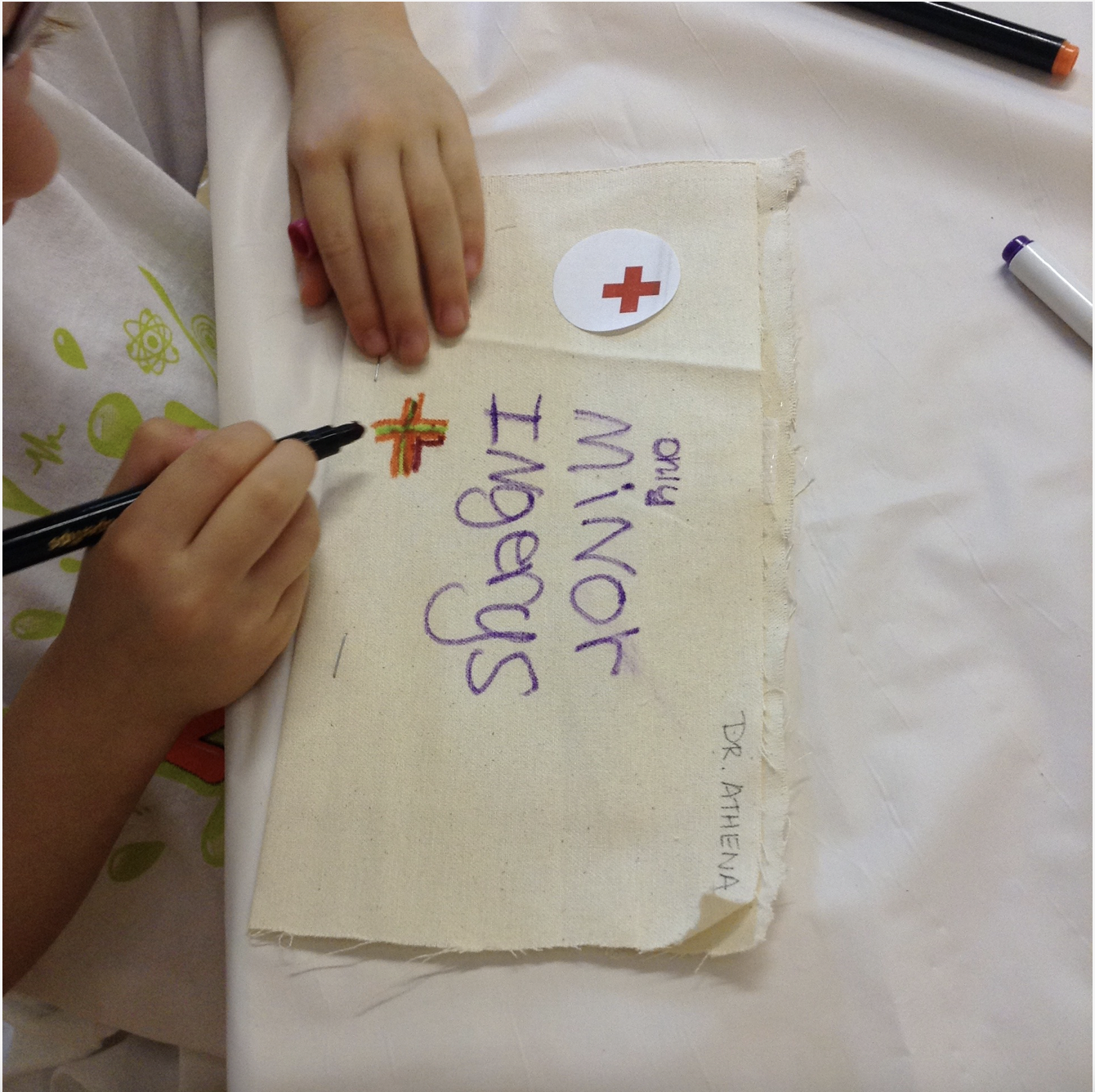
Modern Medicine starts with Emergency Medicine at Kids Science Labs
Injuries happen and its our responsibility @ Kids Science Labs to engage kids to understand the techniques and methods we can use to treat our minor injuries. Medical School starts now @KSL as we explore kids curiousity around Emergency Medical Services, including innovating our own absorbent and water resistant bandaids from scratch!

Kids Science Labs STEAM programs yield the best Entrepreneurs!
STEM programs such as the the outstanding hands-on science experience at Kids Science Labs, not only introduce young people to science early and often, but we inspire the next generation of entrepreneurs too!

Kids Science Labs Winter Camp Academy - Discovering Absorption
Discovering the core properties of materials, such as liquid absorption, is a fantastic away to build engineering and science skills in students.

